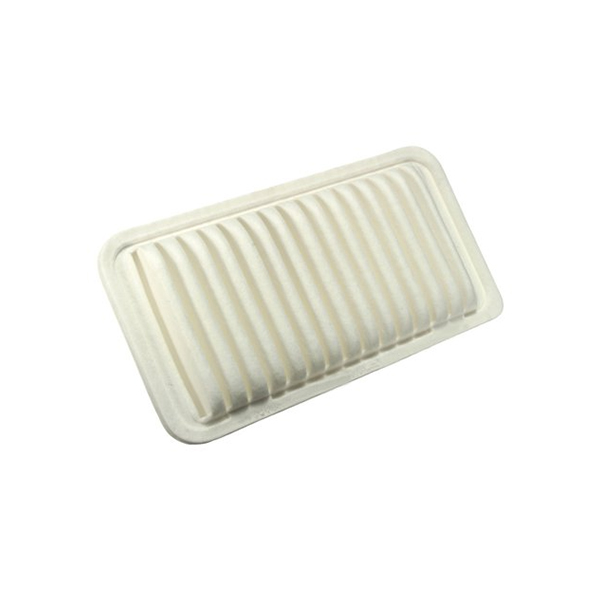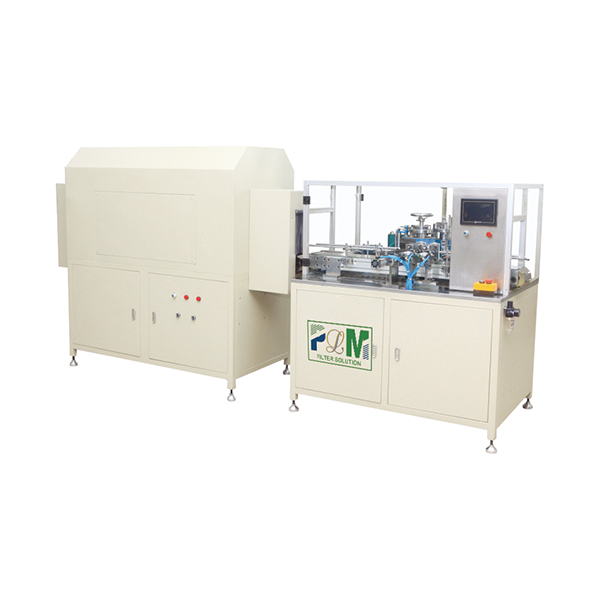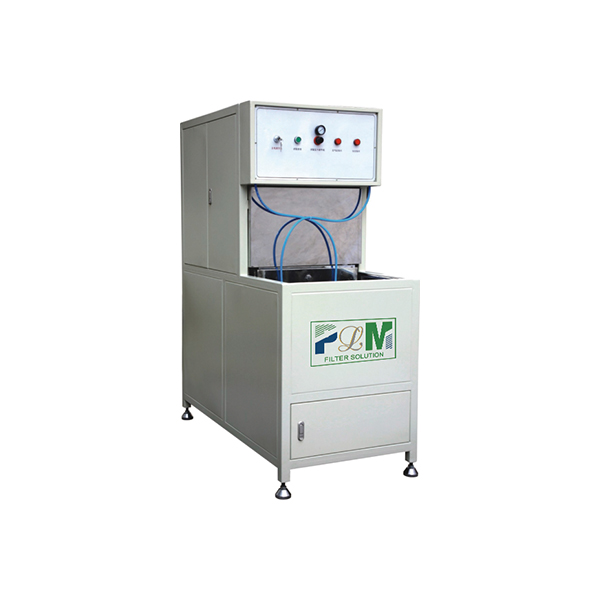Oct . 02, 2025 12:20 Back to list
Active Carbon Air Filter for Air Purifier: Odor/VOC Removal?
A Practical Guide to the active carbon air filter for air purifier
If you’ve ever unboxed a new purifier and wondered whether the smell actually goes away—it does—the silent hero is the carbon stage. And, to be honest, the category has changed a lot in the last two years: more VOC-focused blends, smarter honeycomb geometries, and testing that finally reflects real rooms rather than spotless labs.

What’s inside and why it matters
Most modern carbon filters use coconut-shell activated carbon (high microporosity), sometimes impregnated with potassium permanganate or amine chemistries to tackle stubborn aldehydes and acids. Media comes as granular fill, bonded honeycomb blocks, or pleated composites. In fact, the best blends balance surface area (iodine number ≈900–1100 mg/g) with acceptable pressure drop. Real-world use may vary, obviously.
Industry trends
-
- VOC-first designs for renovations and new furniture off-gassing
- Wildfire-smoke readiness (toluene/benzene surrogates in lab tests)
- ISO and ASHRAE gas-phase testing adoption (finally!)
- Refillable housings to cut waste; QR-tracked replacement cycles
Typical applications
Homes and offices dealing with paint fumes, small labs with solvent traces, hotels and smoking lounges, beauty salons (acetone), and—surprisingly—pet clinics (ammonia hints). Many customers say odor relief is noticeable within 30–60 minutes if the room isn’t too large.
Spec snapshot for a close-fit purifier module
| Model | Carbon Honeycomb 10x12x1 (example) |
| Media | Coconut-shell activated carbon, ≈450 g fill |
| Iodine Number | ≈1000 mg/g (lab grade; batch-dependent) |
| Pressure Drop | ≈65 Pa @ 0.3 m/s (new) |
| VOC Reduction | Toluene removal 80% @ 30 min, ISO 10121-2 rig |
| Service Life | 3–12 months depending on VOC load; replace at breakthrough |
| Certifications | ISO 9001 factory, RoHS/REACH materials |
Process flow (how it’s built)
- Carbon selection: coconut-shell or coal-based; verify iodine/CTC and ash.
- Impregnation (optional): KMnO4 or amines for formaldehyde/acid gases.
- Substrate: nonwoven PP/PET or honeycomb cell matrix; binder dosing.
- Forming: pleating or cell packing; frame in ABS/PP or steel.
- Curing and leak-proofing; gasket application.
- Testing: ISO 10121-2 gas-phase, ASHRAE 145.2 device test; pressure drop and mass fill check.

Vendor comparison (quick take)
| Attribute | MFilterSolution | Vendor A | Vendor B |
|---|---|---|---|
| Gas-phase testing | ISO 10121-2 + ASHRAE 145.2 reports | Basic in-house only | Third-party once per year |
| Customization | Cut-to-fit, media blends, private label | Standard sizes | Limited frames |
| Lead time | ≈15–25 days | ≈30–45 days | ≈20–35 days |
Case notes from the field
Electronics plant, Jiangsu: switched to a higher-iodine media; TVOC dropped by ~62% within 2 hours (ISO 16000-6 sensor suite). Boutique hotel, Manila: honeycomb cartridges reduced tobacco odor complaints by “almost gone in 30 minutes,” according to front desk logs. I guess the lesson is: match media to the gas, not the marketing.
Where it’s made and what else they do
Manufacturing hub: East of Anping County, Hengshui City, Hebei Province, China 053600. Besides purifier media, the team also builds automotive filters—like Toyota Air Filter 17801-22020 (description: Toyota Air Filter 17801-22020 85)—which tells you they understand pleating tolerances and consistent pressure drop.
Buying checklist
-
- Ask for ISO 10121-2 or ASHRAE 145.2 data (toluene, formaldehyde surrogates).
- Confirm carbon mass (grams) and iodine/CTC values.
- Check frame seal and pressure drop; your fan has limits.
- Replace the active carbon air filter for air purifier when odors return or VOCs plateau.
Standards cross-reference: particle ratings often follow ISO 16890 (separate from gas-phase). For consumer purifiers, look for AHAM AC-1 CADR and China’s GB/T 18801 guidance.
Testing and service life, briefly
Expect 3–12 months depending on VOC loading, humidity, and airflow. Breakthrough is monitored by VOC sensors or, less elegantly, your nose. However, in high-formaldehyde scenarios, impregnated carbons extend useful life by 30–50% in our experience.
References
Comprehensive Guide to Filter Caps: Applications, Benefits & Future Trends
NewsNov.24,2025Filter Paper: Essential Guide for Industry and Global Applications
NewsNov.23,2025Essential Guide to Filter Materials: Types, Applications, and Future Trends
NewsNov.22,2025Efficient Long Pulse Dust Collector Pleated Filters for Superior Industrial Air Quality
NewsNov.22,2025Professional Air Filter Making Machine – Efficient Air Filtration Production Solutions
NewsNov.21,2025PLAB-6 A/B Glue System-Hebei Filter Man|Precision&Adjustable Speed
NewsNov.21,2025






